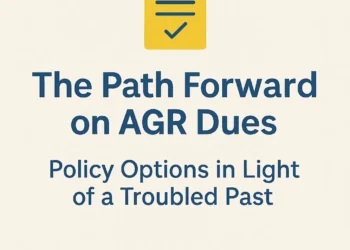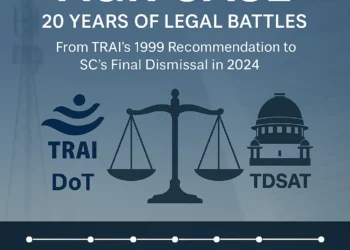Two days ago, i.e on 13th Sept 2024, the Telecom Regulatory Authority of India (TRAI) released new recommendations regarding Virtual Network Operators (VNOs) in India, specifically about permitting these operators to access connectivity services from multiple Network Service Operators (NSOs) under certain conditions. This move follows a request from the Department of Telecom (DoT) on July 7, 2023, which sought TRAI’s insights after receiving proposals from access VNOs advocating for expanded connectivity rights. Historically, VNOs were first sanctioned based on TRAI’s recommendation on May 1, 2015, leading to DoT’s initial guidelines issued on May 31, 2016. Subsequent amendments came on August 31, 2018, when DoT enhanced the guidelines to include Access Service Category “B” Authorization under the Unified License for VNOs, enabling them to provide wireline services within a confined geographical area—up to four districts per state or union territory. This article aims to assess whether the existing VNO guidelines have achieved DoT’s policy objectives, explore the shortcomings, and discuss necessary enhancements to improve the framework’s effectiveness.
Key Policy Objectives
The foundational rationale behind TRAI’s initial endorsement of Virtual Network Operators (VNOs) can be traced to Clause 2.3 from its May 1, 2015, recommendation, which highlights a significant digital divide between urban and rural areas in India. As of February 2015, while urban tele-density had soared to approximately 149%, rural tele-density remained as low as 47%. Additionally, against a target of 175 million broadband connections by 2017, only 85.74 million had been achieved by December 2014, and that too at the modest broadband speed (download) of 512 kbps.






